The 400 remarkable illustrations explain the anatomical details of male and female figures in motion and at rest, always stressing the human form in space. Meticulous diagrams and fascinating action studies examine the rhythmic relationship of muscles and their effect upon surface forms. The captivating text is further enhanced by the magnificent figure drawings of such masters as Michelangelo, Rembrandt, Rodin, Picasso, and other great artists.
Dynamic Anatomy presents a comprehensive, detailed study of the human figure as artistic anatomy. This time-honored book goes far beyond the factual elements of anatomy, providing generations of new artists with the tools they need to make the human figure come alive on paper.
Read more

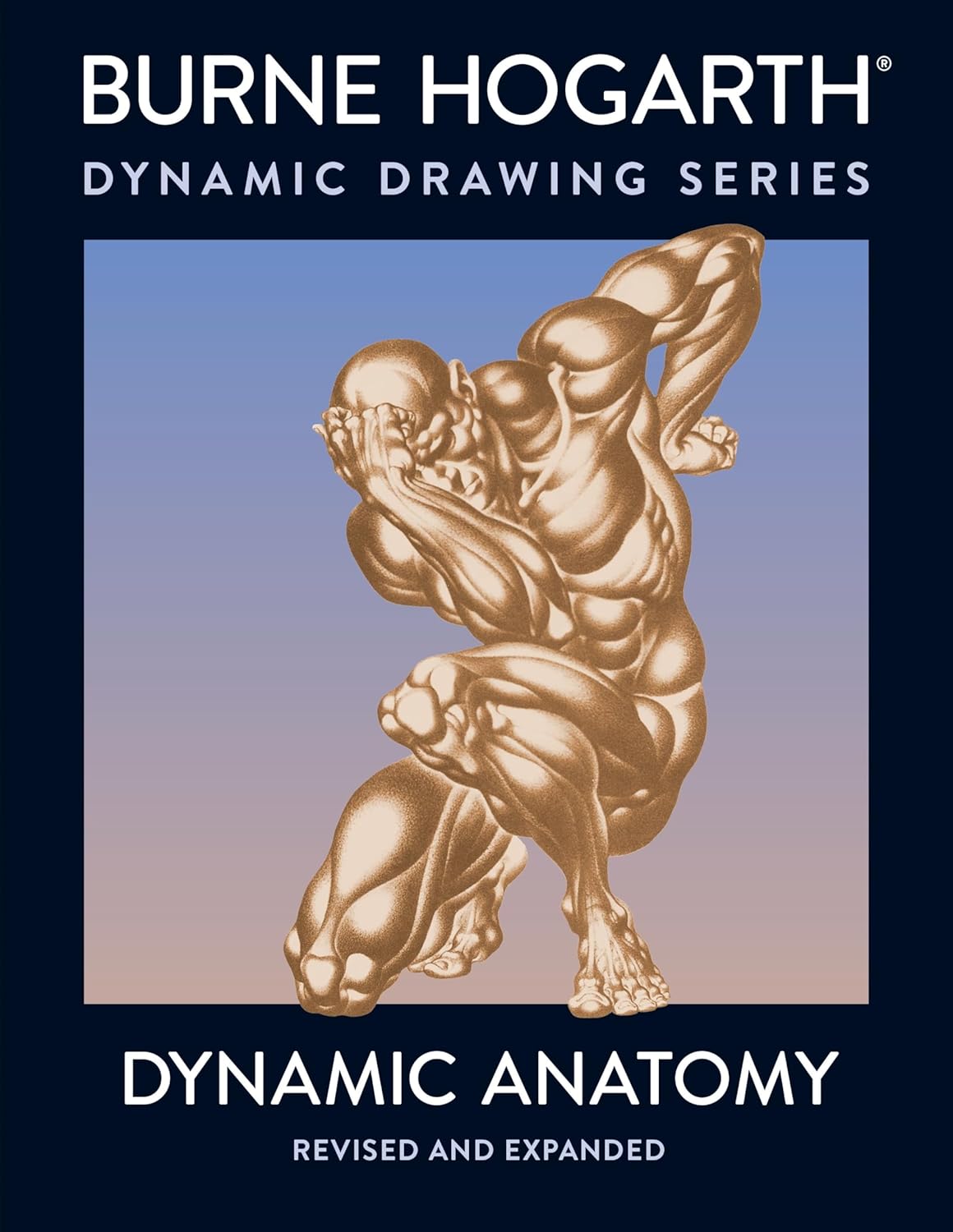
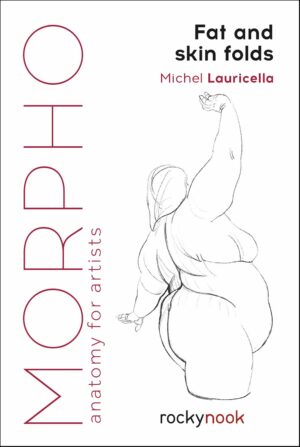
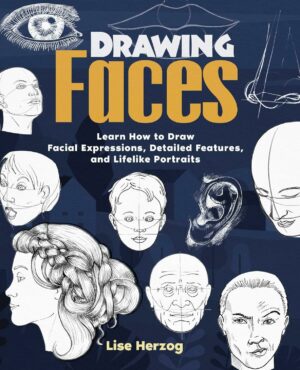
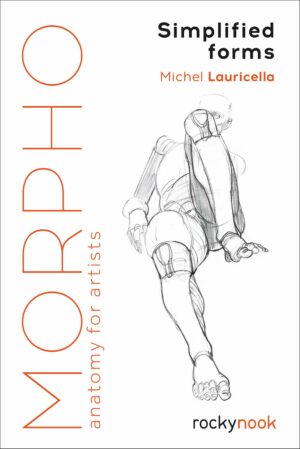
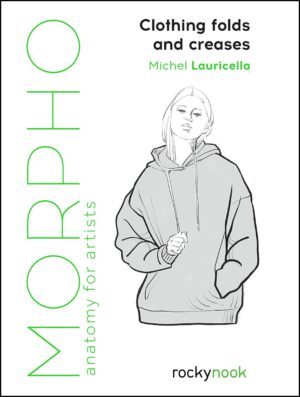
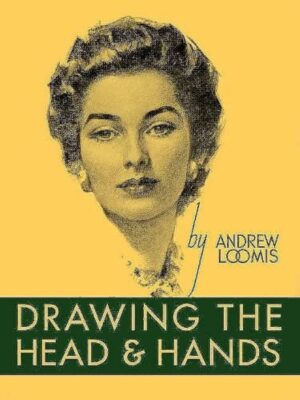
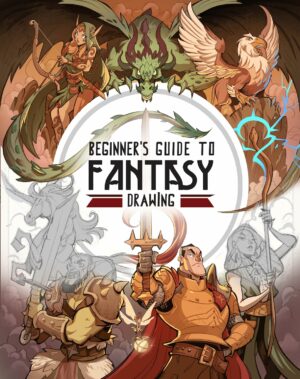

Breton Bertrand –
Ce livre est absolument génial, assez brute de décoffrage, sans fioritures, il va droit au but sans faire des détours. Vous aller beaucoup progresser en anatomie si vous suivez et notez les nombreux conseils que fournit l’auteur!
Si vous être en prépa art plastique ou autre, vous DEVEZ vous procurez ce livre. Je le sors souvent quand j’ai un doute sur comment dessiner une partie du corps ou d’un certain point de vue. Vraiment l’alpha et l’oméga de la référence en matière d’anatomie en générale. De plus le papier des pages est de très bonne facture je trouve. Je recommande!
(PS: je vous recommande de prendre son petit frère “Dynamic Light and Shade” du même auteur si vous êtes plutôt dans la BD ou les comics)
Steven Parente –
This is a very good reference book for learning to draw the human figure in action. I am a commercial artist and designer, but have worked for many years on non-figurative projects. I am focusing on figurative work again, primarily in the game, fantasy and science fiction field. My goal is to draw entirely from imagination without having to use reference material, and this book by Burne Hogarth and his Drawing Dynamic Hands are helping me to reach this goal. The illustrations are very well done with good explanation and many drawings showing the figure in action. The muscles are heroic in proportion, which helps in identifying them. As an artist, you can choose to emphasize them or not… but knowing the structure is very important. I have had many life drawing sessions and have always been taught to “draw what you see”, but over the years I have come to the conclusion that “drawing what you know” is equally important, both for time efficiency and quality of the finished illustration or painting. I highly recommend this book for any artist that is serious about drawing the human figure in action.
A. Virili –
For over 20 years I saw this book on store shelves and it didn’t resonate with me. I think I was intimidated by it. In the past year, though, I saw reviews of other books where the reviewers kept referring to and comparing to the books of Hogarth. Then I came across his entire series of books in my local library and took a deeper look at “Dynamic Anatomy” and “Dynamic Figure Drawing”. What I didn’t realize until actually reading these books is that Hogarth makes sure you understand not only the anatomy, but every defining subtle detail of the human figure that is normally taken for granted and not consciously identified. Moreover, he draws and describes each part in three dimensional shapes and uses metaphorical descriptions that can’t be forgotten. The man was genius for not only being able to see things the way he did, but more so for being able to articulate it to others as well as he did.
Best of all, in combination with “Dynamic Figure Drawing”, he teaches us how to build a person in any pose in your mind and then render and sculpt that form in three dimensions on paper (or screen) without any need to reference anything. Don’t try to do it with “Dynamic Figure Drawing” alone. I started with that book and couldn’t wait to jump into “Dynamic Anatomy” to get a better understanding of the fundamentals.
The books are so good (and affordable), that even though I could have easily continued to check them out from the library, I purchased them to have the ultimate reference on hand at all times. They’re a must for anyone rendering the human form.
nina norwood –
If you’re looking to boost your drawings up with muscular body renditions, and this is the best book for you
McRonson –
Now THIS is the good stuff.
I reviewed the companion volume to Dynamic Anatomy here on Amo recently and it’s good but to truly understand how to draw the heroic male or female figure, you need to study muscular arrangement.
This being the revised, expanded and updated edition, this information is presented here with several new plates, existing images flipped over or reversed and some images appearing in colour, tinted orange and blue. Compared to the original edition of Dynamic Anatomy, there isn’t a whole lot of difference between the two volumes.
If you were on a budget, you wouldn’t be missing out on just buying the original book, put it that way.
Rather than learn the outline of the human body, Hogarth’s classic book shows you WHY the human body looks the way it does by providing scores of expertly rendered muscular studies at rest and in motion. You’d need to sketch these illustrations yourself as supplementary exercises to either copying photos of nude models from books like Erik Ruby’s The Human Figure for example, or going to life drawing classes. That way, you’ll begin to add it all up once you start doing your fine art studies in oils or >>!!!GASP!!! << comic book art!!!!
What!?! Comic books??? Comic books are for idiots, some of you may be saying while choking on your green tea or Absinthe but author of Dynamic Anatomy Burne Hogarth was indeed a comic book illustrator, rendering the Tarzan newspaper strip for years in his own classically trained style. Along with fellow American Hal Foster, whose artwork on the Prince Valiant strip set a new standard in realism and accomplishment beyond crude cartooning, Hogarth is a Titan in modern art and when he lectured in art, he would draw full size anatomical studies freehand and without any preparation.
To further illustrate the comic book connection, the foreword to this new edition is by one Todd McFarlane, creator of the US comic book character Spawn. Co-founder of Image Comics in the early 1990s, McFarlane rose to prominence at Marvel Comics drawing the Hulk and then Spider-Man. He credits Dynamic Anatomy with adding the finishing touches to his knowledge of art, by helping him to understand anatomy (helpful really if you’re drawing muscle bound super heroes). Now the wealthy owner of his very own comic book empire, Dynamic Anatomy was the book that got him over that last hurdle of having his artwork being accepted by comic book publishers.
So, if you buy this book, remember – mimicry is key: the only way to learn muscle structure and placement is to copy from the pictures with a soft pencil like a 4B until it all sinks in.
Classic DC Comics Green Lantern artist Gil Kane’s artwork from the mid-60s looks exactly as if he’d absorbed Dynamic Anatomy intravenously; his heroes don’t have skin almost, just perfectly rendered toned musculature, with beautifully drawn shoulder or Deltoid muscles standing out in sharp relief!
If you’re a sculptor, a fine artist or even a fledgling comic book artist wanting to go ‘old school’ and enhance your artwork, get this book. It’s tailor made for you.
An effortless five stars from me.
Laura Rodriguez –
Un buen libro. La calidad de las paginas no es la mejor
Sloane K. –
I’ve yet to really read through this book, but I’m already a fan. I’ve never really purchased many art books, or how-to art books, but that’s usually because the illustrions in them leave much to be desired. It may just be my personal taste, but I really like the style in which these illustrations were done. The drawings themselves are very cool, and I’d love to learn how to capture the human frame as the writer has.
There also seems to be a wealth of knowledge in this book. It’s respectably hefty, and appears to be full of great tips and suggestions. I’d definitely order this item again.
Maximilian W. –
Einfach nur gut! Habe mir das Buch aus Amerika bestellt und war nach ca. 21 Tagen da- nichts ungewöhnliches und vollkommen ok.
Zum Buch selber:
Die ersten 68 Seiten sind über die Entwicklung der Kunst, insbesondere der Anatomie gewidmet. Sehr interessant und super ausführlich, allerdings nicht der Grund warum ich mir das Dynamic Anatomie gekauft habe. Ab Seite 69 wird über die einzelnen Teile des Körpers geschrieben und eindrucksvoll illustriert.
Genau das was ich wollte- Anatomie üben. Falls ich nach 2-3 Stunden meine Hand entspannen will, kann ich mir die Texte durchlesen und mir die Beziehungen der Größen klar werden. Wenn man den menschlichen Körper studieren will ist dieses Buch einfach nur perfekt! Empfehle es allerdings nur Künstlern die schon etwas Erfahrung im Umgang mit den Materialien haben, da es sehr anspruchsvoll ist.
giuseppe –
il libro è in un inglese molto tecnico, sembra quasi un libro di medicina e credo sia difficile capire quello che c’è scritto nelle descrizioni delle varie sezioni del corpo senza un traduttore o un vocabolario, io possiedo anche la versione in italiano che uscì parecchi anni fa ed il testo è esattamente lo stesso, questa versiona ha parecchie immagini in più, è moolto più grande e le immagini sono decisamente di una qualità migliore oltre ad essere tutte a colori, davvero un piacere guardarle e ricostruirle con le proprie mani seguendo le riflessioni di Hogarth sulle proporzioni auree che dominano la nostra anatomia in modo armonioso e perfetto, mi sento davvero di consigliarlo a tutti.
Jackie –
This book is the best reference for any artist. It is great for beginners, and all the way to experts. In the beginning it gives a brief art history lesson and then jumps into the anatomy. All the figures within the book are drawn and are wonderful references. It allows you to learn every muscle in the human body, and shows close ups on different key areas of the human figure. It also shows examples of the artist’s work with different media including, charcoal, and ink.
In summary, no artist should be without this wonderful book.
Nicholas Ceron –
thanks a lot to the reviewer that wrote “…The original version, ’90 printing, is ISBN 0823015513, 232 ” It is THE book.
A piece of art. If you are a beginner and you need colors and all that sugary post production to be motivated to draw, forget it. This book is art in itself. I first saw this book on an Italian edition on my father’s library circa 1979-95. This one is even better. If you simply repeat the models that are in there to do your own versions of the images, I can almost guarantee that you will feel that your gaze has changed when you look at people. Yes, his anatomy responds to a sort of graphic methodology, call it, a bit codified.. It has to be. Just don’t get dependent on the aesthetic code implied in it and use the tool instead of you being used by it.
The cover for this book looks far better than the online image (the one I am talking about can only be found used) the blue background and bright orange lettering works well and on the picture I saw online I was very disappointed, and bought it in spite of that. … In real life…. The blue is not flat but calmly pearled, and the lettering is also far more subdued than the saturated image you see online. That is the only detail. It’s great.
Evlyne –
El libro es MARAVILLOSO
Sky Kim –
Burne Hogarth has a very stylized way of drawing the figure that takes some time getting used to. I started with Andrew Loomis (he takes a more realistic and less stylized approach) to learn some of the rudimentary aspects of anatomy and then when I delved into Hogarth’s book I was able to digest the information and understand what he was trying to portray through his drawings. If it’s your first time learning human anatomy I wouldn’t recommend, but if you already have a basic understanding then you will find this book extremely useful in your pursuit of drawing the human figure in motion. I like Bridgman as well but I think I actually prefer Hogarth, he mentions several subtleties in drawing the figure that one may overlook in real life due to a lack of true observation.